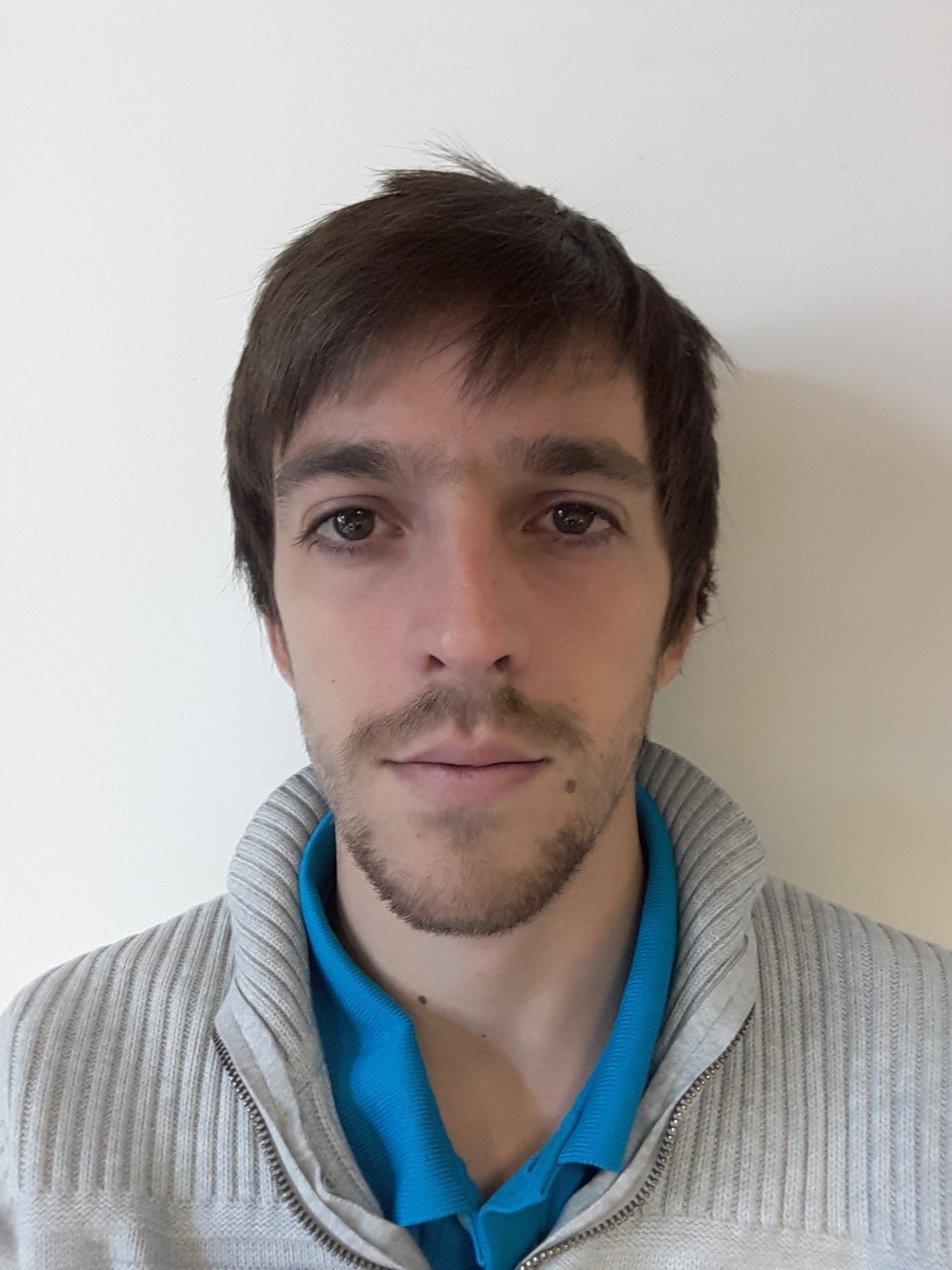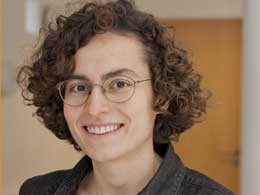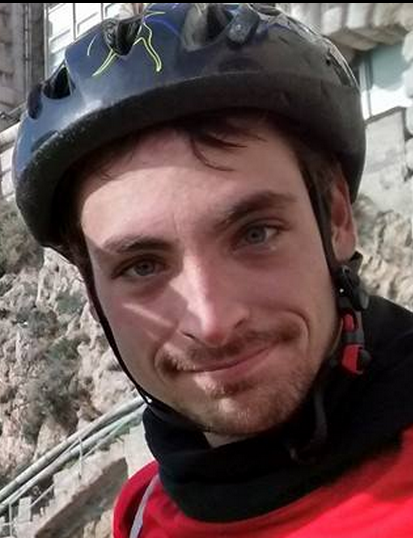Events in May 2017
-
Digital Health, Biology and Earth: Part V
Digital Health, Biology and Earth: Part V
–
May 15, 2017Chairman
Dora Karvouniari - BIOVISION
Talk 1
Title:
Spike-Timing-Dependent-Plasticity (STDP) models or how to understand memory.
 Speaker:
Speaker:
Pascal Helson - MathneuroAbstract:
Synaptic plasticity refers to a change of neuron's morphology, sensitivity and reactivity. Such a plastic behaviour is thought to be at the basis of memory formation which makes it particularly interesting. Nowadays, popular plasticity models are based on Spike-Timing-Dependent-Plasticity (STDP) rules in which spikes timings are central. After explaining the biological context, I will present different STDP models and present some of our current work on the topic.Talk 2
Title:
Python: A crash course on scripting, debugging, testing and packaging.Speaker:

Guillermo Gallardo Diez - AthenaAbstract:
During this brief course we will review some of the good practices in python coding. First, we will review how to write code in compliance with the PEP8 style. Then, I will introduce the ipdb package, which allows to interactively debug python code. After, I will show how to create a python package, making the process of sharing code/scripts easier. Finally, I will present how to write tests and make the testing process automatic. Following these steps will help you to create reliable code in an easy and fast way. -
Digital Health, Biology and Earth: Part VI
Digital Health, Biology and Earth: Part VI
–
May 29, 2017Chairman
Selma Souihel - BIOVISION
Talk 1
 Title:
Title:
Canard Mediated (De)Synchronization in Coupled Phantom BurstersSpeaker:
Elif Koksal - MathneuroAbstract:
Collective dynamics of coupled slow-fast oscillators have a great importance in the context of physiology when microscopic and macroscopic levels can be represented as relaxation oscillators. Synchronization of multiple timescale systems may involve synchrony of fast timescale dynamics, spikes, and/or slow timescale dynamics. In this presentation, we focus on the effect of canards on collective dynamics of an extended version of a neuroendocrine model which accounts for the alternating pulse and surge pattern of gonadotropin releasing hormone secretion. The model is formed by two FitzHugh-Nagumo oscillators that evolve on different timescales, with a feedforward coupling from the slow one (regulator) to the fast one (secretor). Global and local features of the resulting 4D three timescale model have been studied in the context of slow-fast dynamics and MMOs where folded singularities and associated canard trajectories have a particular importance. For instance, so-called secondary canards due to a folded node are responsible for the presence of a plateau with small oscillations in the model output, after the surge and before the pulsatility resumption. We extend the model to 6D by adding one more secretor and focus on the slow-fast transitions in the presence of coupling. We explore the influence of the relationship between canard structures and coupling on patterns of synchronization and desynchronization. We propose two different sources of desynchronization, induced by canards near a folded node and canards near a folded saddle, respectively.Talk 2

Title:
Longitudinal Parameter Estimation in 3D Electromechanical Models: Application to Cardiovascular Changes in DigestionSpeaker:
Roch Mollero - AscelpiosAbstract:
Computer models of the heart are of increasing interest for clinical applications due to their discriminative and predictive abilities. However the number of simulation parameters in these models can be high and expert knowledge is required to properly design studies involving these models, and analyse the results. In particular it is important to know how the parameters vary in various clinical or physiological settings. In this paper we build a data-driven model of cardiovascular parameter evolution during digestion, from a clinical study involving more than 80 patients. We first present a method for longitudinal parameter estimation in 3D cardiac models, which we apply to 21 patient-specific hearts geometries at two instants of the study, for 6 parameters (two fixed and four time-varying parameters). From these personalised hearts, we then extract and validate a law which links the changes of cardiac output and heart rate under constant arterial pressure to the evolution of these parameters, thus enabling the fast simulation of hearts during digestion for future patients. -
PhD Seminars Special Edition
PhD Seminars Special Edition
–
May 31, 2017Chairwoman
Dimitra Politaki - NEO
Speaker:
Professor Nelly Litvak, University of TwenteTalk 1
Title:
Story-tellingWhen writing a paper or a grant proposal you will often hear `high-level’ advice such as: `write easier’, `make it crystal clear’, `explain what is new’, `make it exciting’. I will explain two hands-on specific techniques of story-telling, answering the question: HOW to write this way?
Talk 2
Title:
How to manage your adviser
A crucial point in establishing productive relationship with your advisors and getting the most out of your PhD time is to be proactive. Although this might not be obvious from the first sight, being proactive is the key to achieving your career goals. We will discuss what it means to be proactive, and what simple specific actions you can take to become proactive in managing your career.





